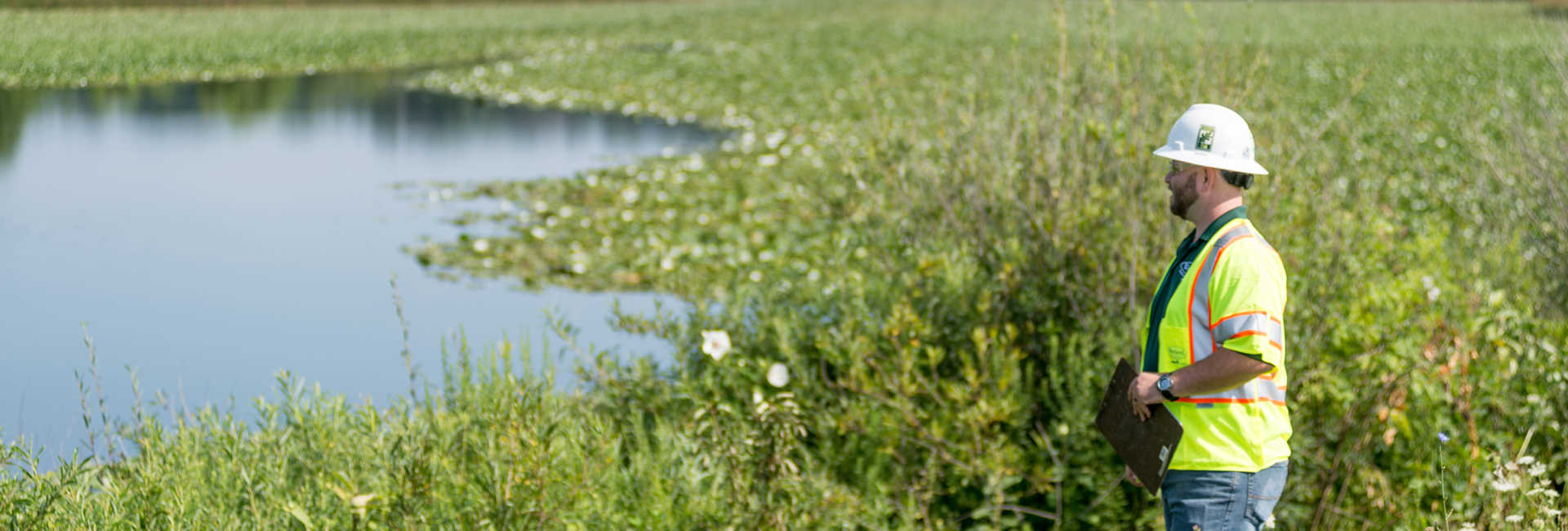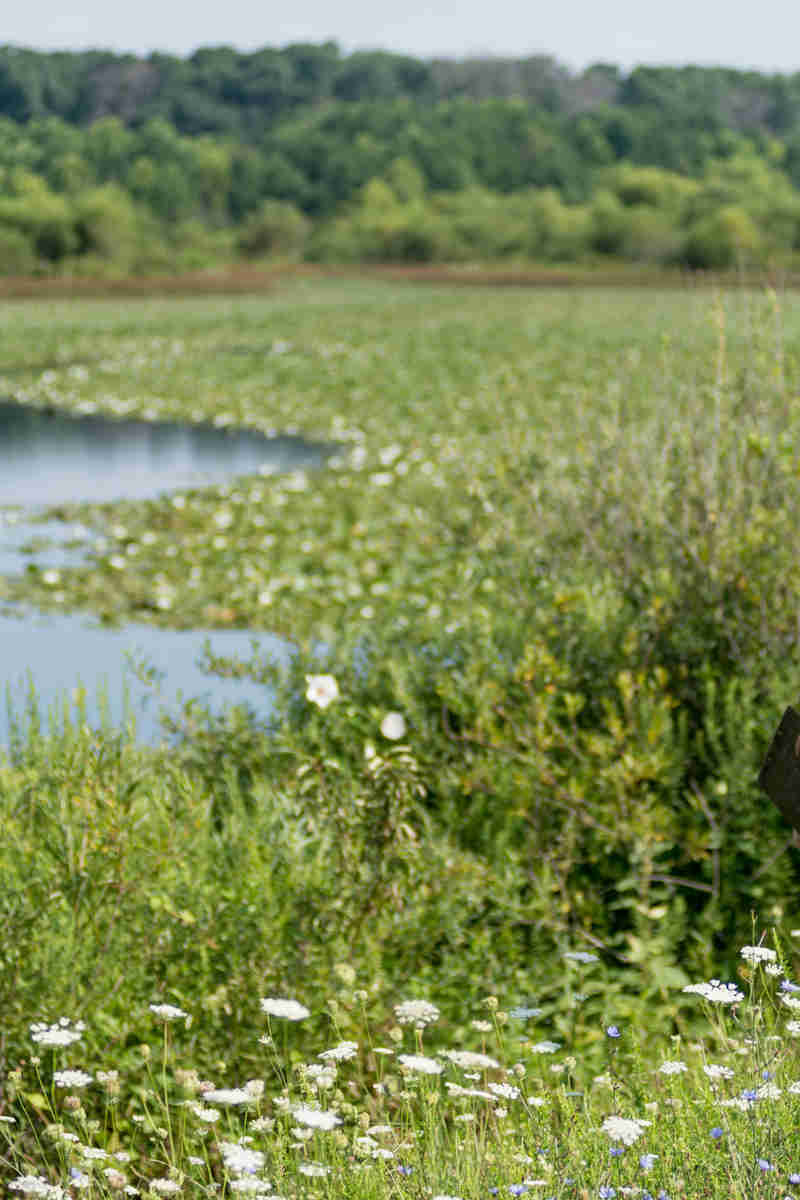An urban tree canopy provides major benefits to municipalities and communities, from offsetting carbon to improving mental and physical health. In order to maintain the condition of their urban forest and work towards tree canopy goals, many municipalities have enacted tree ordinances that regulate how urban trees are selected, planted, maintained, and preserved.
Much like any other local legislation, tree ordinances are frequently changing and can be a challenge to follow, especially when it comes to land development. Learning how to navigate tree ordinances is a crucial part of continuing a development project smoothly.
What is a Tree Ordinance?
Tree ordinances can apply to either a developer or an individual. For individuals, tree ordinances typically focus on who has ownership of a tree and is therefore responsible for its maintenance. For developers, tree ordinances usually focus on tree preservation and how to conduct land development while maintaining the overall urban tree canopy.
Tree ordinances can generally be categorized into two types. Big picture ordinances focus on the community’s overall canopy coverage goal rather than the methods individuals or organizations must take to meet canopy coverage requirements. If a municipality wants a certain amount of canopy coverage by a set goal date, these bigger picture ordinances focus on getting to the goal on time without specifying how individuals or organizations must meet those requirements. Individual tree protections, on the other hand, are based on traits such as diameter/size and species. These types of protections may require an individual or organization to adjust their project’s plans to adhere to the ordinance’s specific standards.
Following a Tree Ordinance
While the majority of tree ordinances aim to protect the urban tree canopy, the details of an ordinance vary widely from municipality to municipality. Some communities may use vague verbiage or other jargon in their ordinances that make them difficult to adhere to, while others have detailed and specific regulations. So, what is the best way to ensure projects proceed?
A preliminary step a developer or land owner should take in the planning process of a new construction project is to research the current ordinances in their community. Hiring a trusted professional arborist early in the development process to research a community’s ordinances and review the project details can help ensure regulations are being followed from the get-go, saving money and time in the process. An arborist should be kept on the project continually through design and construction to ensure ordinances and tree protection goals are followed correctly as development progresses through each phase.
Davey’s team of experienced arborists know that trees are a long-term asset to a community and can help you navigate tree ordinances to keep development projects aligned with municipal canopy goals. To learn more, contact your local Davey office.



